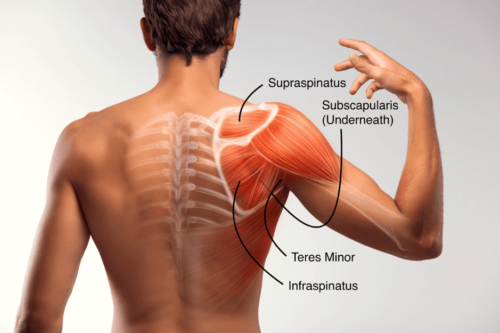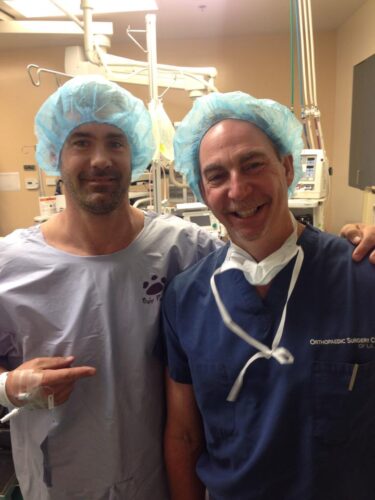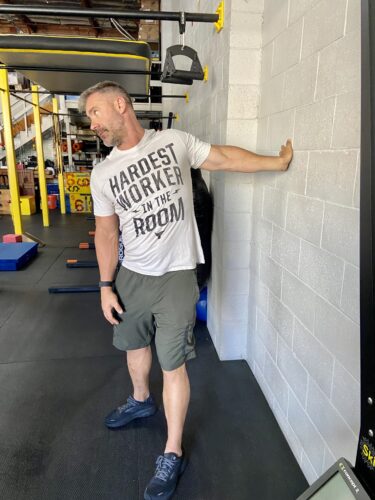Embarking on ‘Rotator Cuff Rehab’ is crucial for anyone suffering from shoulder injuries. This guide empowers you with innovative solutions and exercises to effectively heal and strengthen your rotator cuff, setting the foundation for a resilient recovery.
Understanding the Rotator Cuff
The rotator cuff stabilizes and controls the shoulder joint. It comprises four muscles and their tendons:
- Supraspinatus: located at the top of the shoulder blade and helps to raise the arm
- Infraspinatus: located on the back of the shoulder blade and helps to rotate the arm outwards
- Teres minor: located on the back of the shoulder blade and also helps to rotate the arm outwards
- Subscapularis: located at the front of the shoulder blade and helps to rotate the arm inward
These muscles ensure shoulder stability and motion. Injuries can arise from repetitive movements, aging, or trauma, leading to pain and reduced mobility.
Symptoms and Risks of Ignoring Rehab
Rotator cuff injuries manifest as pain, weakness, and limited motion. Without proper “Rotator Cuff Rehab,” chronic pain and strength loss may ensue. My personal journey with a SLAP tear underscored the importance of knowledgeable rehabilitation.
Effective “Rotator Cuff Rehab” Strategies
Initial Mobility and Strengthening
- Pendulum Exercises: Enhance shoulder mobility.
- Isometric Strengthening: Includes wall slides for early recovery.
Building Stability and Strength
- Resistance Bands: Target rotator cuff and scapular stability.
- Stretching: Focuses on the rotator cuff and chest.
Advanced Strengthening
- Weight-Bearing Exercises: Gradually increase to boost strength.
Leveraging my experience as San Diego’s top personal trainer, I advocate for a patient, informed approach to Rotator Cuff Rehab. This ensures not just recovery but a return to full shoulder function and strength.
These four muscles work together to stabilize the shoulder joint and control its movement. The tendons of these muscles attach to the upper arm bone (humerus) and form a “cuff” around the shoulder joint. A rotator cuff injury can occur from repetitive overhead movements, aging, or sudden trauma. Symptoms of a rotator cuff injury may include pain, weakness, and limited range of motion in the shoulder.
If not rehabilitated properly, a rotator cuff injury can lead to chronic pain and loss of strength in the shoulder. I know this all too well from my own personal experience. Many tears ago I endured an injury to the labrum of my shoulder, also called a SLAP tear. Fortunately, as San Diego’s best personal trainer, I have the knowledge, experience, and patience to rehabilitate these kinds of shoulder injuries.
Rehabilitation exercises for a rotator cuff injury may include:
• Shoulder pendulum exercises to improve mobility
• Isometric shoulder strengthening exercises such as wall slides
• Resistance band exercises to improve rotator cuff and scapular stability
• Stretches for the rotator cuff and chest muscles
• Progressive weight-bearing exercises to increase strength







